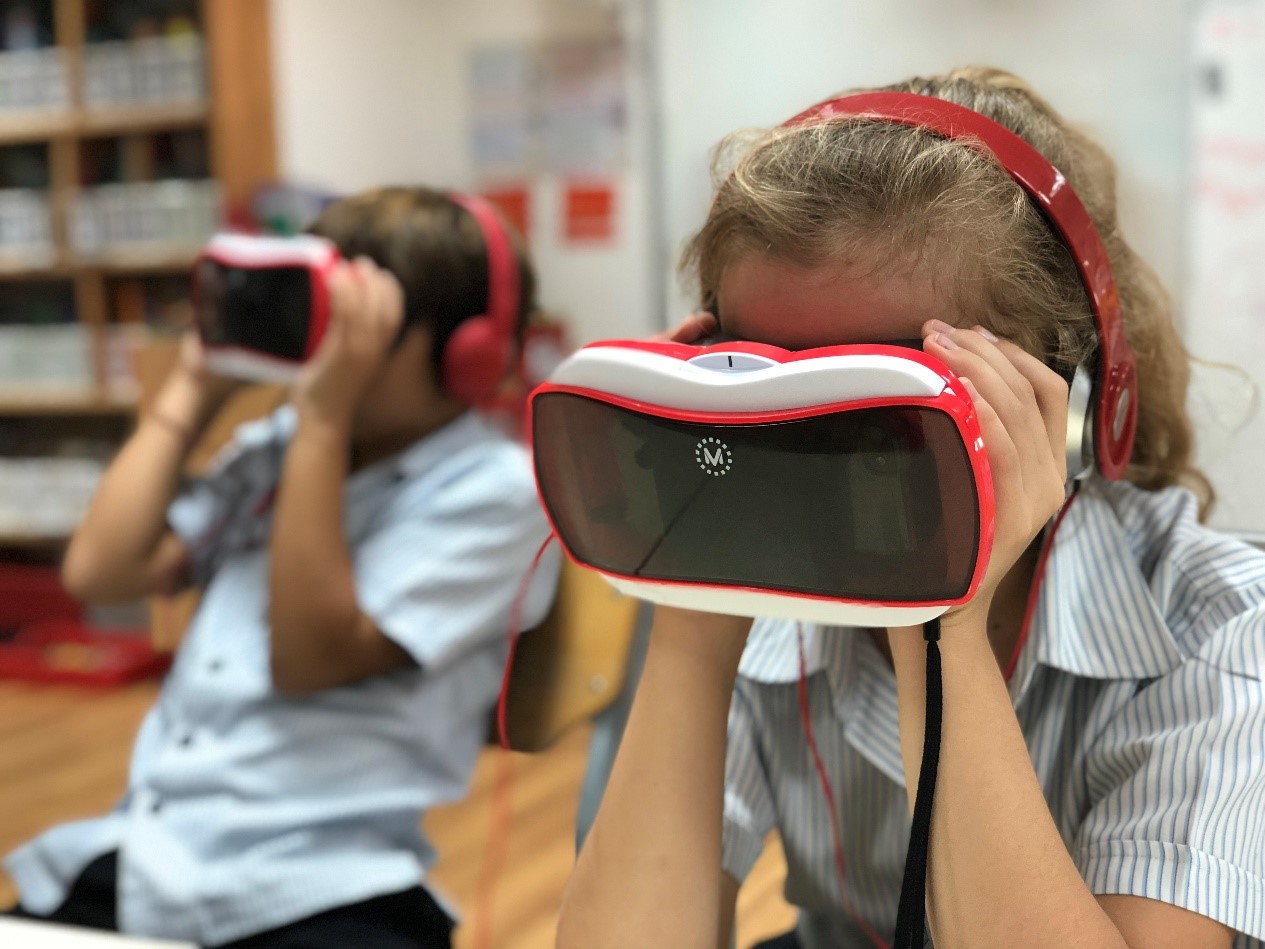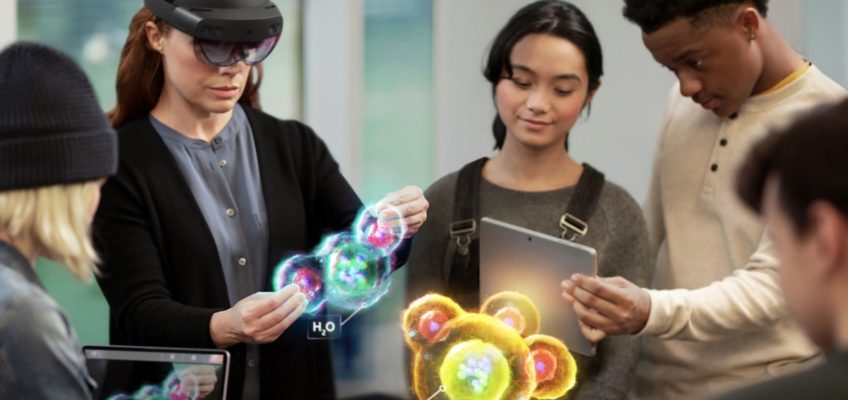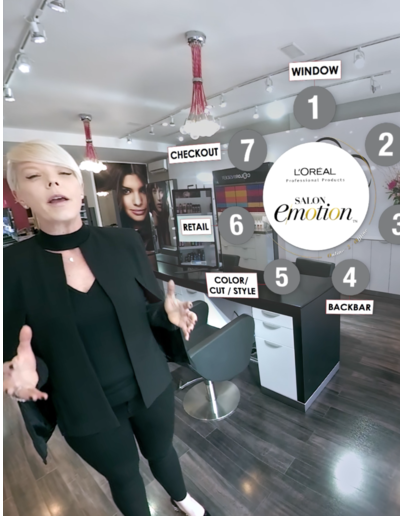As the new academic year begins, more and more educators around the world are beginning to look for ways to incorporate virtual reality (VR) in their classrooms to enrich lessons and provide unique learning opportunities for their students. Most of them however are still focused on VR mobile headsets with either iPods or cheap mobile phones inside them. Whilst there is a wealth of great mobile VR content available (with apps like CoSpaces, Nearpod and Google Expeditions being the most broadly used), this level of technology is inherently limited. In many cases the apps will offer some form of 360° images or videos and the student’s experience is quite passive. They can definitely still make an impact if harnessed carefully but can never offer the same level of engagement and immersion as is possible with full 6 degrees-of-freedom (DOF) headsets.
Education in general is a cash-poor industry and the cost to implement just a single Vive or Rift (along with the requisite VR-ready PC) can put off educators and school leaders. Opinions have also been tempered by the fact that in the last five years many schools have entered an era of 1:1 mobile devices in the classroom. In fact, to some, the thought of reverting to a single shared device having to dedicate a special space to access technology could feel positively archaic.
Those of us old enough to remember education in the early 1980’s will likely recall the days of a school owning a single computer which was transported from room to room on a cart or trolley. The teacher would bring it into the room to a mixture of delighted shrieks and awe-filled gasps as if it was the Ark of the Covenant.
Of course it would then take the better part of the lesson to actually boot up and even then very few students would get a little time with the technological marvel. Ironically even after many schools began to invest in computing labs in the late early 1990’s many still used the carts to haul around the school’s lone television set and VHS player. Schools that were early adopters of computers back then were able to offer exciting new learning experiences to their students, engaging them in ways that were previously impossible. They were also able to help those students begin to develop a better understanding of this new technology which in many cases was not readily available to them at home. Better yet, they were preparing them for the jobs of the future and the brave new digital world that we live in today. Those same schools were able to start upskilling their staff in the use of educational technology, igniting passions for digital learning and fostering the first generation of edtech thought leaders.
Flash back to the present and some educators are wary of VR as they think it could be just another educational fad. I can empathise with their caution as the edtech world has become something akin to the Wild West, with vendors, suppliers and sales reps constantly looking for schools to invest in their products. Schools want to keep up but between Cloud Computing, coding, STEM and every other new digital trend, the path can be unclear at the best of times. What makes the challenge even more difficult in education is that schools are preparing young people for an ever-evolving future, making the need for careful investment in emerging technology more pertinent.
When it comes to VR, what schools need to understand is that this is not just a cool new gimmick that can be deployed in a lesson for a shallow WOW moment. Immersive technologies and spatial computing are the next evolution of the digital world as a whole. The question is not will our students be using this technology in the future – it’s how soon will it become the norm?
It’s true that right now the cost to invest in high-end VR is relatively high, especially as the PC-power needed to run these types of headsets is also steep. (NB: if you adjust the price to accommodate for inflation, the relative cost of an IBM Personal Computer 5150, released in 1981, would be over $4000 (USD).) Costs are falling though and the VR-ready laptop I bought two years ago to run my HTC Vive retails for half the price it did then and still does the job just fine. In those two years, I’ve been using the Vive as well as other headsets like Acer’s Windows Mixed Reality and more recently the Vive Focus across the three schools that make up JESS Dubai. I’ve seen many outstanding learning experiences take place; I’ve seen students have visceral moments of understanding and I’ve seen staff have revelations in how they approach the delivery of content. In the follow-on to this article I’ll share some examples of how to harness a single VR setup effectively within a classroom, from logistics to learning outcomes.
Our students need to be ready for a future where virtual reality will permeate many facets of their everyday lives. Technology costs will always fall and new, more expensive generations of technology will always emerge but as the VR train really begins to gather steam, remember that If your school just continues to sit back and wait to for the ideal time to jump onboard, you could find yourself left waiting on the platform.
Quelle:
https://www.vrfocus.com/2018/09/why-schools-should-take-the-plunge-into-the-deep-end-of-vr/




